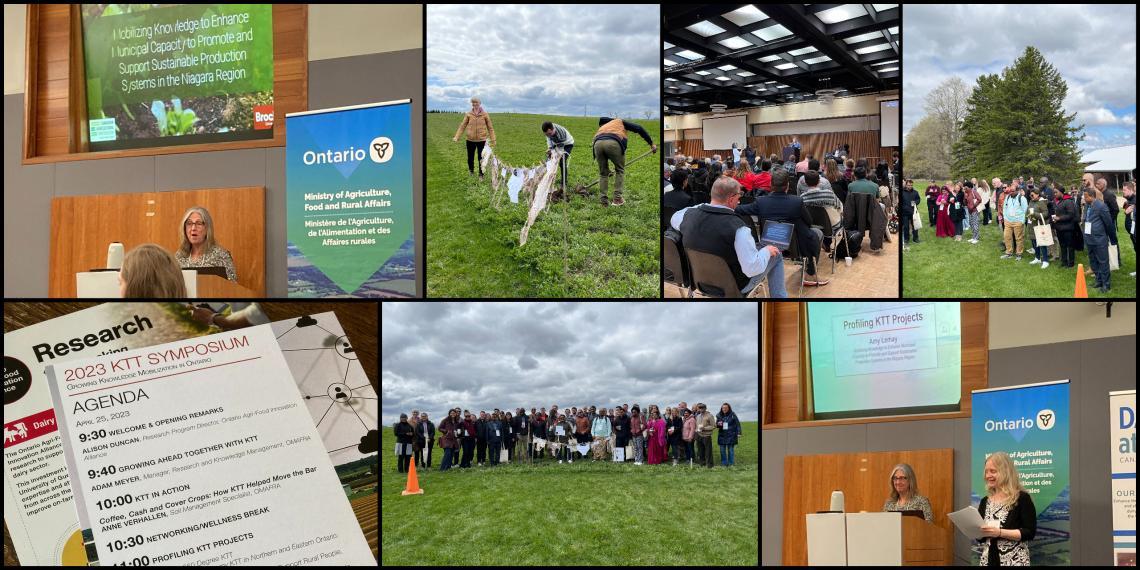Long-term Alliance investments support dairy calf welfare
Dr. Todd Duffield, chair of the Department of Population Medicine at U of G, has spent 20 years researching how to manage pain in young dairy calves, thanks in part to long-term funding from the Ontario Agri-Food Innovation Alliance (Alliance), a collaboration between the Ontario government and the University of Guelph. Much of his work has focused on the practice of disbudding, or the removal of horn buds on young calves.
